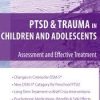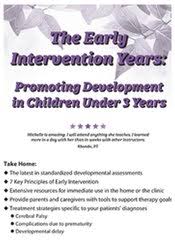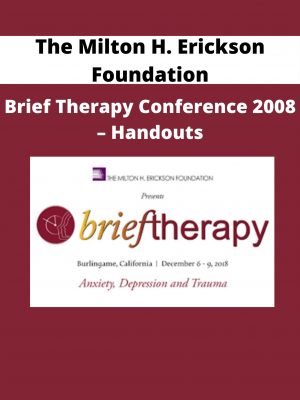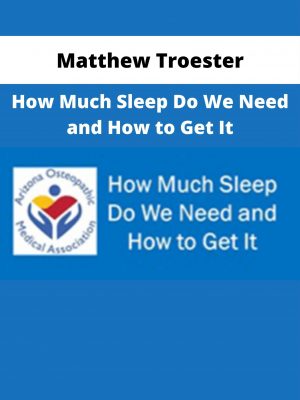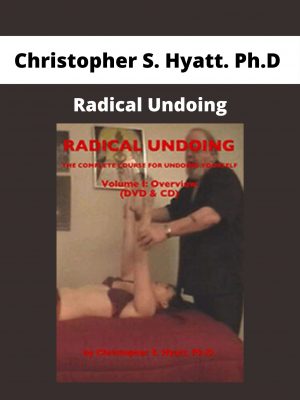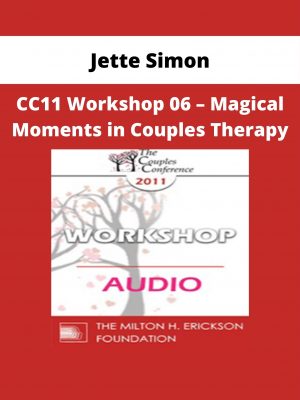Michelle Fryt Linehan – The Early Intervention Years
$109 Original price was: $109.$30Current price is: $30.
Shopping Instructions:
- DISCOUNT 15% : SHOP15
- Product Delivery: Within 1 – 12 hours after purchase.
The most current research can be a game-changer for therapists, teachers, and family resources personnel working with children suffering from mild to severe disabilities in the 0-3 age range.
Michelle Fryt Linehan – The Early Intervention Years
TYPICAL DEVELOPMENT OF CHILDREN
- Information from 0-12 months from Amazing Babies
- The “creeping” stage
- Gross Motor Development and Manual Control 1-3 years
DEVELOPMENT OF THE 7 SENSORY SYSTEMS
- Vision
- Visual check list for children under 12 months of age
- Touch/Somatosensory
- Use of massage and “cultural awareness”
- Smell/Olfactory
- Taste/Gustation
- Hearing/Auditory
- Causes of hearing impairment
- Tubes or no tubes
- Proprioception
- Vestibular
- Vestibular stimulation
- Testing Sensory Function in Infants
- Specific Standardized Assessments
- Month-Specific Sensory Motor Checklist from Pathways Awareness
- Gravitational Insecurity Test for Children 2-5 years
MUSCULOSKELETAL CHANGES TAKING PLACE
- Hip joint
- Knee joint (genu varum, valgum)
- Foot/ankle
DEVELOPMENT OF WALKING
- Crucial Elements, postural control, IQ, FPA
- Baby Walkers?
GATHERING INFORMATION
- 7 Key Principles of Early Intervention
- What to do before, during, and after administering a screening
- Perlman Development Screening Checklist
- Pathways Awareness Information
- Hawaii Early Learning Profile
- PIQ – video of child using PIQ
- Bly’s information
- Assessment of Family Activities & Routines, Thomas Jefferson University (2009)
- Canadian Occupational Performance Measure (COPM)
- Goal Attainment Scaling
- Mary Massery: Multi-System Analysis
- Standardized developmental assessments
- BSIDIII, PDMS-2, AIMS
- LAB: Practice recording parent goals and establish strategies to work towards those goals (Example given from The Early Intervention Workbook.)
EVALUATING AND TREATING DEVELOPMENTAL DELAY AND PREMATURITY
- Video of premie
- Pathways Awareness video of typical and atypical development of 6-month old boys
- Definition of prematurity; research related to prematurity
- Evaluating motor skills in premature infants
- Posture in positions; TIMP; Early Motor Questionnaire; GMs (video)
- Treatment Strategies for Premature Infants and Infants with Delay
- Perlman Center Evidence-Based Practice Ideas
- Ideas from Dr. Minja Hadders-Algra
- GAME (Goals, Activity, Motor Enrichment)
- 4 Ingredients for treating children with CP (Fetters)
- Evidence-based practice: 2 systematic reviews
- High-intensity PT for children under 2 years old
- Predictors of independent walking in children with CP
- Training Head Control in Infants: Group Experience!
- Teach To Reach program
- Gymboree Baby Play, Happiest Baby on Block, NDT-based activities
- COPCA vs Traditional NDT-based PT – Early use of COPCA
- Focus on Function RX ideas
- Reading and Responding to Infant Cues
- Getting to Know Your Baby
- Understanding My Signals & Taking Care of Me
- Early Coping Inventory (for children 4-36 months)
- Ideas from Ginny Paleg at AACPDM conference
- Equipment Use
- Go Baby Go
- Standers (for hip abduction as well) gait trainers/walkers
- PWBS
- Theratogs
- Home-made devices
- Case Study With Documentation Options
- ICF-CY – electronic document
- Case study: use of ICF-CY document, COPM, GAS
Would you like to receive Michelle Fryt Linehan – The Early Intervention Years ?
Description:
Promoting Development in Children Under 3 Years
The most current research can be a game-changer for therapists, teachers, and family resources personnel working with children suffering from mild to severe disabilities in the 0-3 age range. This recording will provide updated information on normal development, and how to spot even the most difficult to pinpoint signs of delay.
An in-depth description of the development of the sensory systems, (vision, touch, smell, taste, auditory, proprioception, and vestibular), will be given to maximize the assessment of a child’s motor, coping, and self-regulation strategies. Specific evidence-based treatment techniques for clinicians with patients who have complications related to prematurity, developmental delay, and cerebral palsy will be addressed. Videos, hands-on activities, and a case study will further evince the research and information shared in this critical recording.
Related products
HEALTH & MEDICAL
Dr. J.E. Williams & Kevin Gianni – How to Read Your Blood Tests
HEALTH & MEDICAL
HEALTH & MEDICAL
Gaia—Creating-High-Voltage-Health-with-Glenn-Streeter-Open-Minds
HEALTH & MEDICAL
Matthew Troester – How Much Sleep Do We Need and How to Get It
HEALTH & MEDICAL
HEALTH & MEDICAL
CC11 Workshop 06 – Magical Moments in Couples Therapy – Jette Simon


